Lower cooling costs during peak summer by using a smart thermostat, sealing air leaks, and improving insulation. Energy-efficient AC units, ceiling fans, and shading techniques help reduce energy use while keeping your home comfortable.
Why Cooling Costs Spike in Summer
Several factors contribute to rising energy bills during hot months:
- Increased AC Usage – Higher temperatures force air conditioners to run longer and work harder.
- Poor Home Insulation – Heat enters through windows, doors, and walls, making cooling systems less effective.
- Outdated HVAC Systems – Older systems operate less efficiently, consuming more electricity.
- Inefficient Cooling Habits – Running AC at low temperatures or keeping windows open wastes energy.
Best Ways to Reduce Cooling Costs
Use a Programmable or Smart Thermostat
- Set your thermostat to 78°F (26°C) when home and 85°F (29°C) when away to save 10-15% on cooling costs.
- Smart thermostats automate cooling cycles, reducing unnecessary energy consumption.
- Avoid extreme temperature settings—lowering your AC to 60°F won’t cool your home faster, but it will increase energy use.
Optimize Your HVAC System for Efficiency
- Schedule regular maintenance to keep your system running smoothly.
- Replace air filters every 1-3 months to prevent airflow blockages.
- Ensure proper refrigerant levels for maximum efficiency.
Seal and Insulate Your Home
- Close gaps and cracks around windows and doors to prevent cool air from escaping.
- Add attic insulation to reduce heat gain and improve cooling efficiency.
- Use blackout curtains or blinds to block direct sunlight and lower indoor temperatures.
Use Fans and Natural Ventilation
- Ceiling fans help circulate cool air and reduce the need for air conditioning.
- Open windows in the evening to allow cooler outdoor air inside.
- Run exhaust fans in kitchens and bathrooms to remove heat and humidity.
Reduce Heat Gain Inside the Home
- Use LED bulbs instead of incandescent lights, which generate heat.
- Avoid using heat-producing appliances like ovens during the hottest parts of the day.
- Cook outdoors or use microwaves and slow cookers to minimize indoor heat.
Upgrade to an Energy-Efficient HVAC System
- ENERGY STAR-certified air conditioners use up to 30% less energy than older models.
- Consider ductless mini-split systems for targeted cooling with higher efficiency.
- If replacing your AC unit, look for models with a higher SEER rating (Seasonal Energy Efficiency Ratio).
Leverage Shade and Landscaping
- Plant trees or install awnings to block direct sunlight from heating your home.
- Use reflective roofing materials to deflect heat.
- Position outdoor AC units in shaded areas to improve performance.
Take Advantage of Off-Peak Cooling
- Run air conditioning during off-peak hours to reduce strain on the electrical grid.
- Some utility companies offer time-of-use pricing, rewarding users who shift cooling to non-peak hours.
Final Thoughts
Reducing cooling costs doesn’t mean sacrificing comfort. By implementing energy-efficient habits, optimizing your HVAC system, and improving home insulation, you can stay cool while lowering energy bills.










